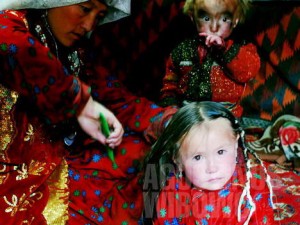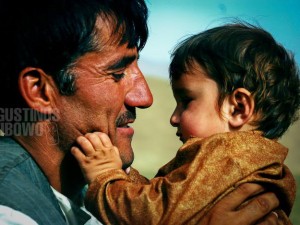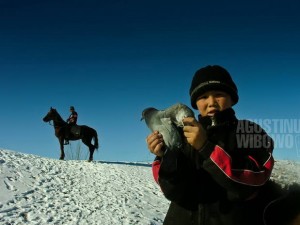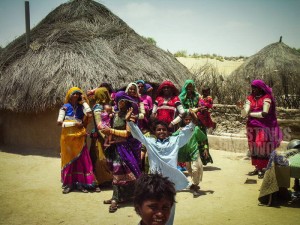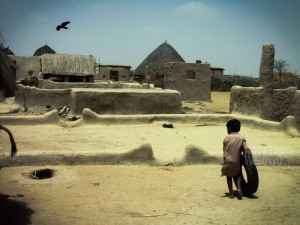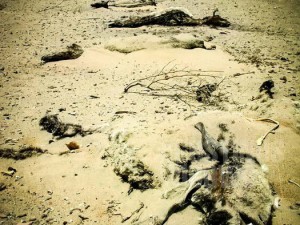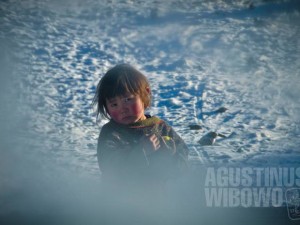Wakhan Corridor is always far and mysterious “Zdravstvui tovarech” – a villager from Krat Freedom is what the Wakhi people are longing for. I never expected my visit to Chapursan, the Wakhi Tajik valley in northern Pakistan, brought me to learn deeper about the life of the same ethnic in Afghanistan side of the valley. In Chapursan, 7 months ago, I stayed in house of Noorkhan, a Wakhi Tajiki from Kil village, where sun doesn’t come at all in winter for 3 months. Who expected, deep in restricted area of Wakhan Corridor, I met friends and relatives of Noorkhan. Faizal-u-Rahman, 29 years old, is a cousin of Alam Jan Dario, a famous man from Zod Khon village in Chapursan, who pioneered tourism in the valley. I met Faizal in in Khandud. He was offering me a hitch on tractor to the village of Krat in Wakhan Valley of Afghanistan. He, together with other people from Chapursan are working for an American NGO, Central Asian Institute, and this moment they are building a school in the village. Chapursan is an area dominated by Wakhi Tajik people, same as in Wakhan Valley, and the Wakhi people follow Ismaili sect of Islam. Only
[...]


